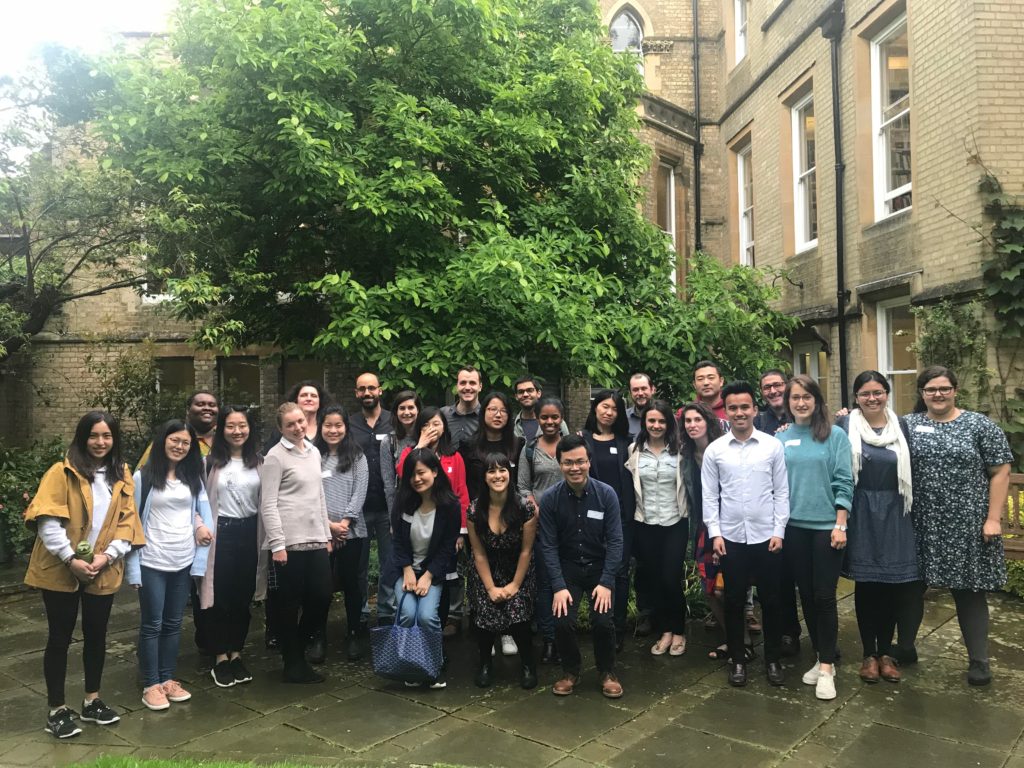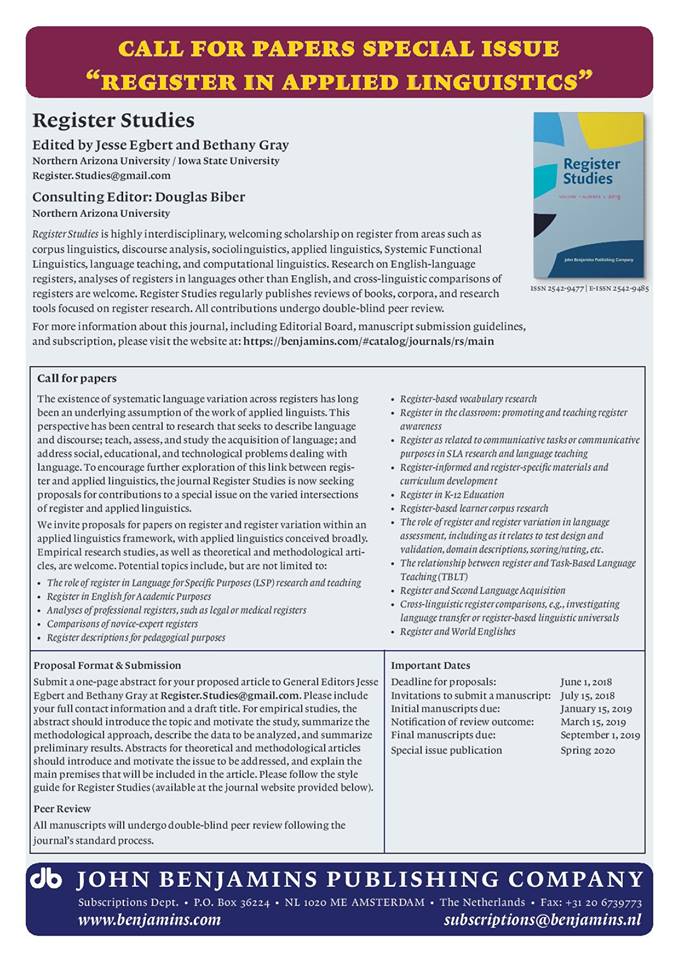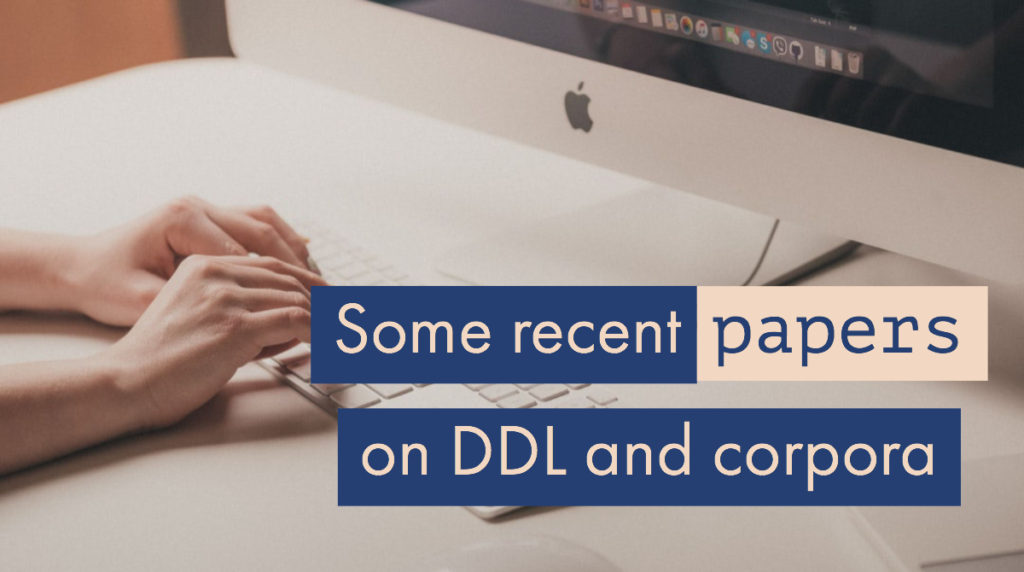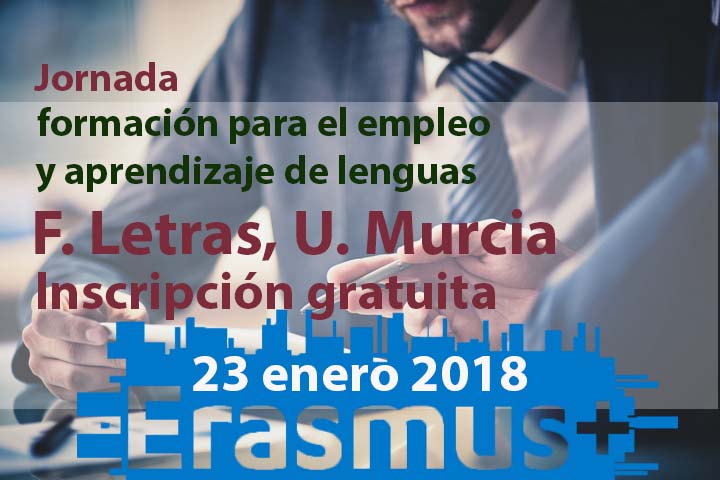Oxford-Cambridge PhD students’ exchange seminar.
Department of Education, University of Oxford. June 1, 2018.
Keynote: Education and learning research in the age of complexity and fragmentation: an introspection
On 1 June 2018 I had the privilege to deliver a keynote on the Oxford-Cambridge PhD in Education exchange. I discussed the impact of the ideas of complexity and fragmentation on my own research and how my PhD students understood complexity.
I came up with a 6-point desideratum that was used as the basis for the ensuing discussion:
(1) Research is becoming more interdisciplinary and discipline boundaries tend to disappear.
(2) Collaboration with other researchers is essential.
(3) Re-examine constantly your ontology and epistemology. I´m in favour of a dynamic ontology / epistemology. Think critically at your work through the eyes of differing epistemologies (and ontology).
(4) Go deeper into the basic foundations of your discipline. But make sure it´s you and not somebody else guiding that reflection and
(5) Explore the limits of your discipline and themes.
(6) Attention is your best asset. Attention needs to be strategic.
Some references used in my talk
Douglas Fir Group (Atkinson, D.; Byrnes, H.; Doran, M.; Duff, P.; Ellis, Nick C.; Hall, J. K.; Johnson, K.; Lantolf, J.; Larsen-Freeman, D.; Negueruela, E.; Norton, B.; Ortega, L.; Schumann, J.; Swain, M.; Tarone, E.) (2016). A transdisciplinary framework for SLA in a multilingual world. Modern Language Journal, 100, 19-47.
Greene, M. T. (2003). What cannot be said in science. Nature, 388(6643), 619-620.
Greene. (2007). The demise of the lone author. Nature, Nature, 2007
Larsen-Freeman, D. (2012). Complex, dynamic systems: A new transdisciplinary theme for applied linguistics? Language Teaching, 45(2), 202-214.
Williams, J. (2018). Stand out of our lights. Cambridge: Cambridge University Conference.
You can download my presentation here.




